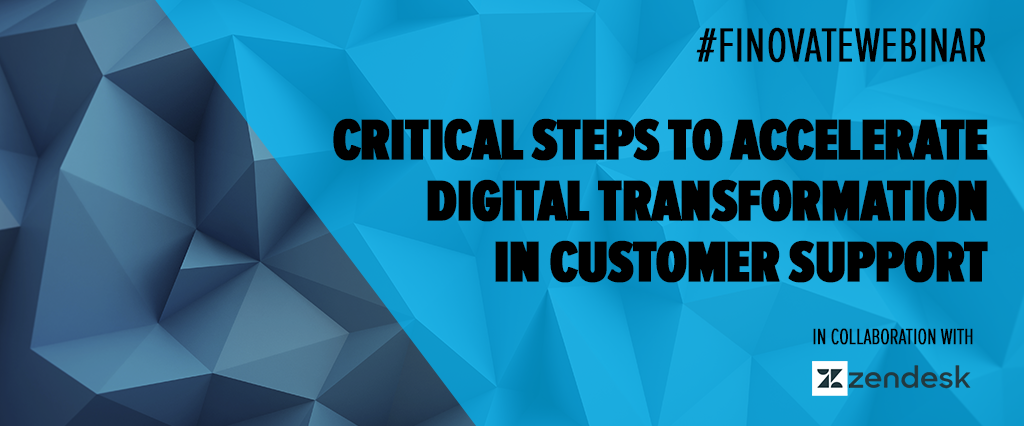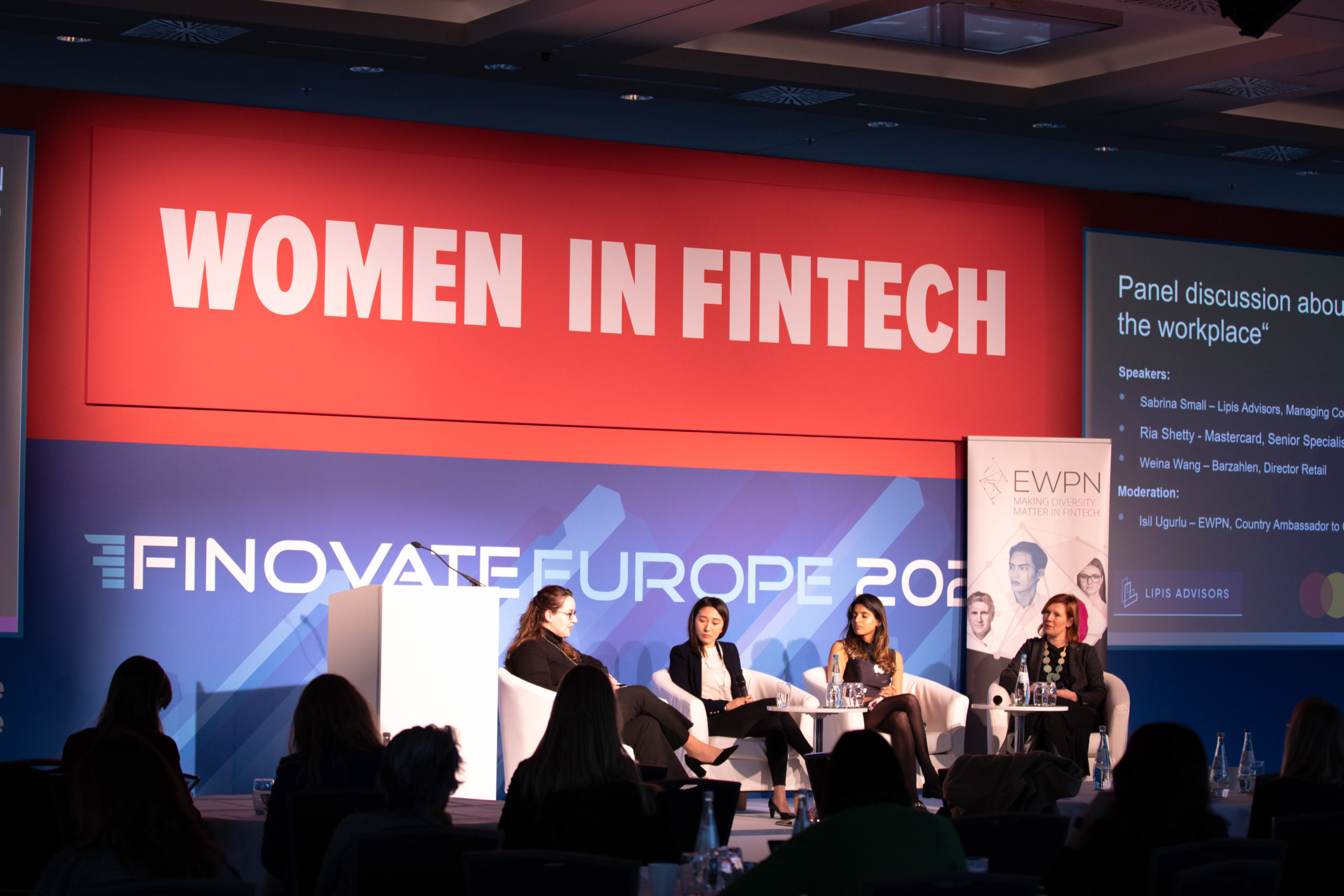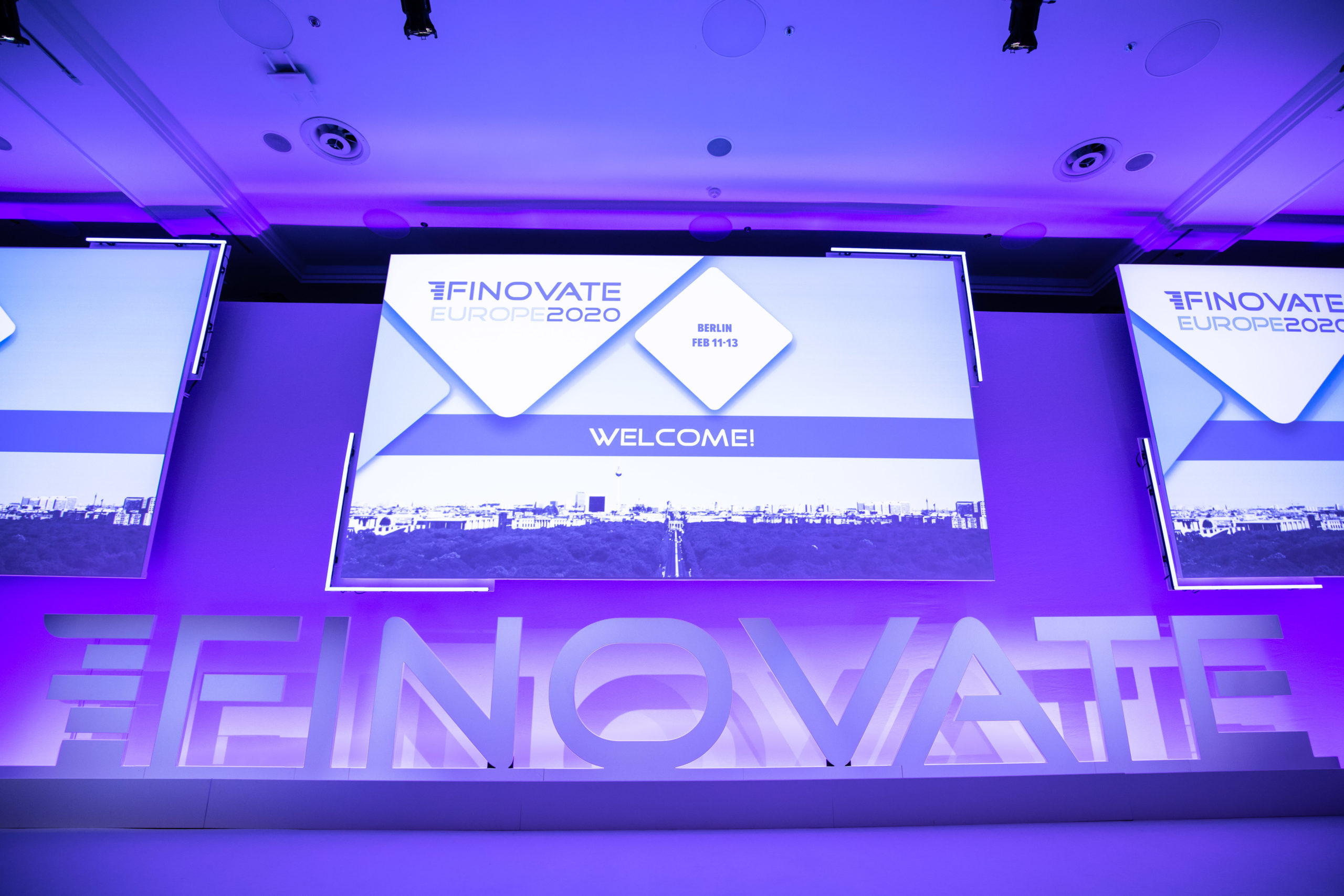
Financial services organizations have significant and unique roles to play in the societal responding to COVID-19 â both as we are in the midst of the global pandemic and as we emerge and eventually start to rebuild and recover. In light of this unprecedented challenge, Senior Content Producer at Finovate, Laura Maxwell-Bernier, spoke with Norman Buchanan, First Vice President of Design & Transformation at Alliant Credit Union, to discuss the implications of these unprecedented times for the customer experience and member engagement.
LMB: Thanks for taking the time to join me today. Let’s start with how customer experiences are changing… what does a good customer experience look like in these unprecedented times?
Norman Buchanan: The definitions and fundamentals of member experience stay the same no matter what external forces are at work. Throughout our 85-year history, Alliant has been committed to serving and supporting our members in good times and in bad.
However, times like these do reinforce the human condition and highlight the importance of a human-centered member experience. Establishing authentic, empathetic connections in these times is even more appreciated and critical during the crisis.
LMB: So, how can financial services institutions offer support and reliability to customers when they need it most?
Buchanan: It is critical for financial institutions to show support to our members and customers in this crisis. At Alliant Credit Union, our lending, product management and marketing team quickly developed a new unsecured loan product offering for our existing members within the first week of the crisis. In addition to our unsecured loan product, we have also made our Payment Deferral, Modification and Payment Reduction programs more readily available and easily accessible. These offerings are critical to providing a small amount of relief and peace of mind to members who are experiencing a sudden and dramatic change to their financial condition.
We have been doing scenario planning for the last 10 years and some of the scenarios track closely to what weâre seeing in the market now. Weâve prepared for times like these and will continue to monitor the situation every day so we can make rate change decisions that are in the best collective interests of our more than 500,000 member-owners nationwide.
LMB: How is Alliant Credit Union responding from the customer and member perspective?
Buchanan: During this uncertain time, we are focused on four priorities: continuing strong service to our members, employee and member safety, helping members impacted by COVID-19 and keeping members and employees informed.
Alliant instituted an initial work from home policy on March 13 and implemented a 100 percent virtual work from home call center within 3 business days to help support our members. We had never implemented this type of a call center before in Alliantâs history, (and honestly something I never thought we would ever see) but we were able to accomplish it in rapid time thanks to our resilience as an organization.
Our contact center NPS Scores for the first month of being 100 percent remote are 2 points higher than the same period last year. We mobilized a 100 percent work from home call center and have had slightly improved YOY satisfaction response from our members. This is something our credit union takes a great deal of pride in having accomplished.
LMB: With social distancing now the norm, how can we harness digital services to best serve customers and engage members?
Buchanan: Digital Transformation has been the lynchpin of Alliantâs strategy over the last five years. As our CEO, Dave Mooney puts it, âBanking is something you do, not a place you go.â This strategy has driven the transformation of our Mobile and Online Banking offerings based in research and continual feedback from our members as well as investment in our call center infrastructure and analytics. This strategy enabled Alliant to be in a position to close the majority of our branch network in 2018 so that we could focus on serving our members needs exclusively through our digital and phone channels.
LMB: In your opinion, what is the biggest challenge COVID-19 presents us in terms of delivering best-in-class customer and member experience?
Buchanan: The COVID-19 situation highlighted that a frictionless member experience needs to be supported by a frictionless employee experience, especially when that employee experience is 100 percent remote!
Areas of the operation that historically have been underinvested in automation have been highlighted by this historic experience. Operations like loan deferrals and modifications, which typically handle transaction volumes in the teens per week for us, have been overwhelmed by the current environment. This allows us the opportunity to re-prioritize our focus to ensure that we can support our members with optimized and automated back office processes. That will be an immediate legacy of the COVID Member experience challenge.




















